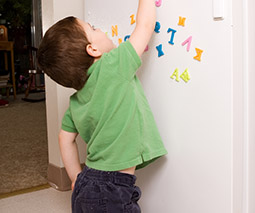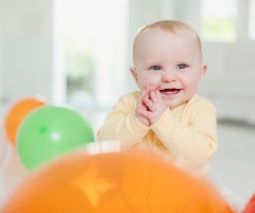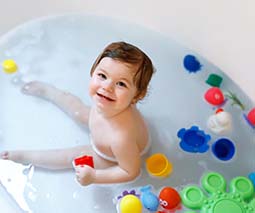Winter safety checklist – house fires spark warning for families
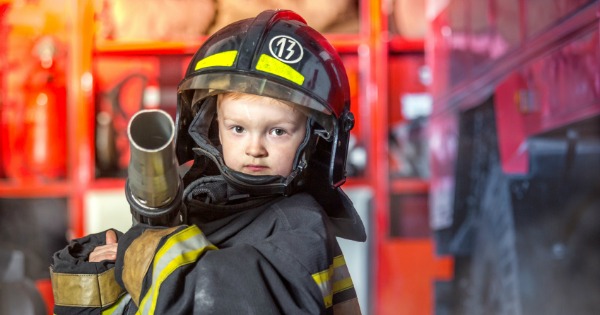

Plenty of young kids love to dress up as firefighters, but let’s face it – there’s nothing fun about firefighters having to come to your home. Winter is a prime time for house fires – but the good thing is that with some basic common sense and checks around the home, you can greatly reduce the risk for you and your family.
For many families across Australia, the loss of a loved one in a house fire is their horrible reality. What’s even scarier is that children under the age of four are most at risk of dying in house fires, data from the Australasian Fire Authorities Council (AFAC) shows.

Our five minute guide to fire safety can help you prevent fire from striking your home. Please, take the time to go through each of these risk factors with your family before winter takes hold.
Cooking appliances
NSW Fire and Rescue reports that almost half of all home fires start in the kitchen and 43 per cent of all fire fatalities happen in winter. Most house fires are caused by unattended cooking appliances, including microwaves and ovens.
More than 70 per cent of Victorian and Tasmanian mothers admitted in a recent survey to accidentally leaving a cooking appliance on after preparing a family meal and not realising it until sometime later. Yes, it can be hard to keep an eye on the appliances when you have a screaming toddler attached to your leg but never leave your food cooking unattended.
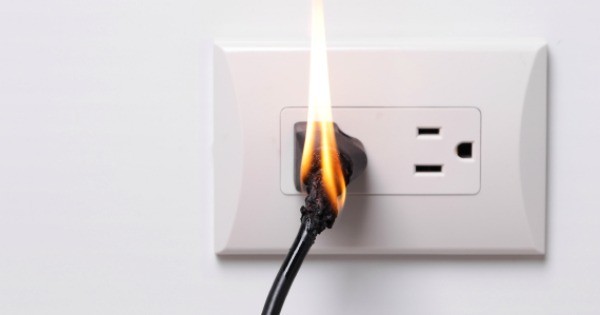
Electrical faults
Electrical faults are the second most common cause of house fires across Australia. Only use one appliance per power point and switch them off when not in use.
Heating devices
Unsafe use of home and portable heating devices is also a big problem across the nation. This includes fixed heaters, portable outdoor gas heaters, open fires and wood heaters. If you have a fireplace in your home, make sure the chimney is clean and always place a screen in front of it when in use.
When using a portable heater, take care to keep curtains, tablecloths and bedding away from the heater. Keep wet clothing at least one metre from all heaters and fireplaces and never leave your wet clothes drying by the fire unattended.
Dryers and washers
The safest way to dry your clothes is to use natural sunlight. But, we all know that Mother Nature doesn’t always comply with our laundry needs. If using a dryer, make sure to clean the lint filter each and every time. Never leave the house with your dryer turned on.
Wheat filled heat packs
Wheat bags are great for aches and pains but also come with a very high fire risk if left in the microwave too long or are being used to warm bedding materials. Always read the label and never leave a wheat bag unattended in the microwave.
Electrical blankets
Electric blankets are a godsend in winter, especially if you don’t have a heater in your home and want something warm to curl up with at night. Always check electric blankets for damage or frayed cords before placing on the bed.
Flammable clothing
Flammable clothing is made of material that catches alight easily and unfortunately, clothing with a high fire danger is still sold today. When buying children’s clothing, look for a low fire danger label. In general, clothing that is loose fitting, lightweight with loose fibres is quicker to burn. This may include cotton, rayon, velvet, chenille and fuzzy fabrics.
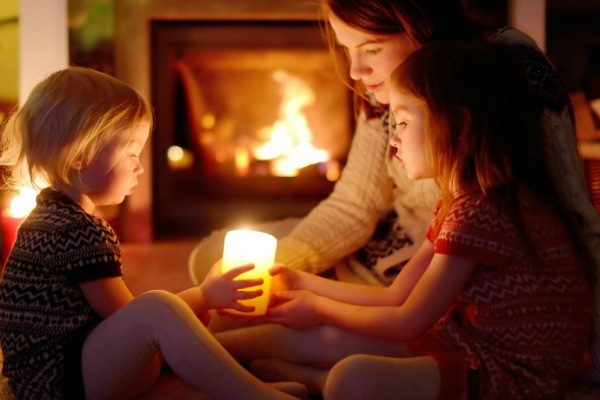
Candles and oil burners
We love our candles at Babyology but they do come with a major fire risk. Keep candles and oil burners away from little fingers and always extinguish candles or any other open flames before going to bed.
Smoking
This one goes without saying. If you choose to smoke, never leave matches or lighters in an area accessible to young children.
One third to a half of fire fatalities could have been prevented if the families involved had working smoke alarms and practised home escape plans. Teach young children how to get out of the house safely and give them a meeting place – the front gate or letterbox is usually recommended. The key to reducing the risk of fire in your home and to surviving a house fire is being prepared and knowing what household items cause the most risk.
Regardless of how safe you think your home is, all families need to have a plan in place just in case. The more you practise, the easier it will be to remember if the time does come.
(via Australasian Fire Association Council and Australian Institute of Health and Wellness)

